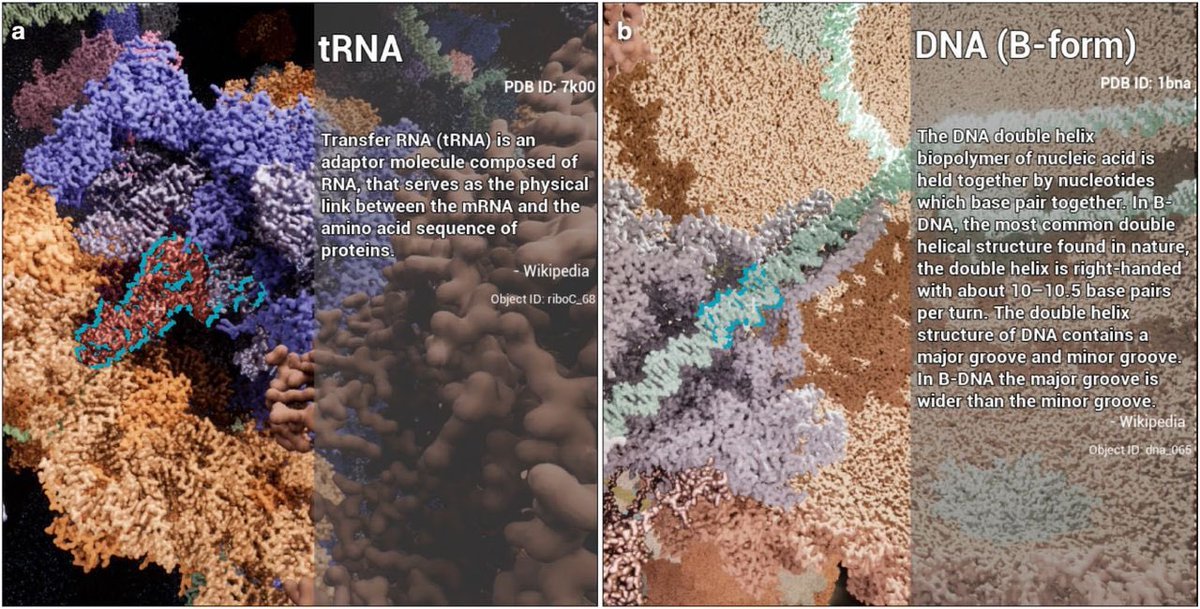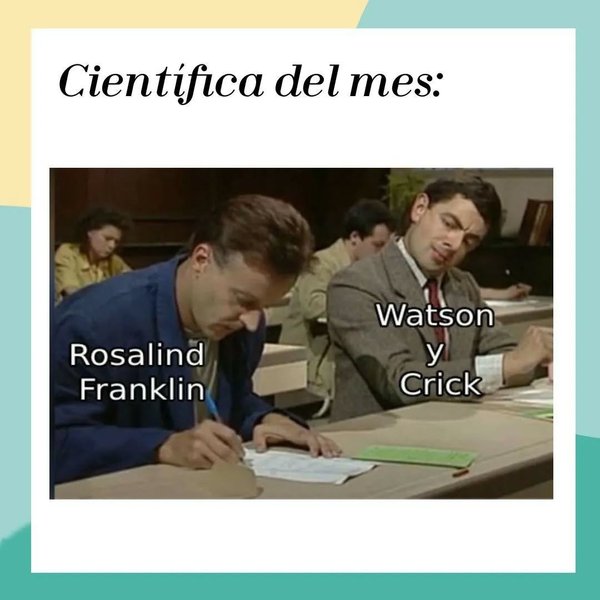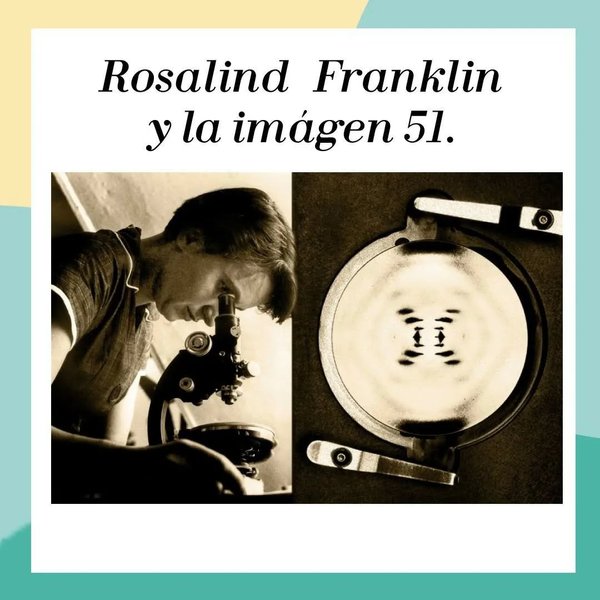Sublime
An inspiration engine for ideas


When a fluorescent dye is dropped into a single cell in a cluster of healthy cells, where the healthy cells share a boundary with a cluster of
Phyllis Kirk JD • Quantum Lite Simplified
Avery searched for radioactivity and found it only within the bacteria, not the virus shells. Hershey and Chase then reversed the experiment, spiking the protein in the viruses with radioactive tracers. Once the viruses had infected E. coli, only the empty shells were radioactive. A decade after Avery’s experiment,
Carl Zimmer • Microcosm: E. coli and the New Science of Life
By the turn of the century, however, a number of biochemists disagreed with Miescher’s questioning of nuclein’s potential. They suggested that it was nuclein, not protein, that transmitted heredity.10 Nonetheless, that nascent idea was firmly stamped out, largely by the work of one man—Phoebus Levene, the esteemed head of the chemistry department
... See moreDan Levitt • What's Gotten Into You: The Story of Your Body's Atoms, from the Big Bang Through Last Night's Dinner
In other words, the sequence of letters in the DNA did not reveal how it worked; what was important was how it folded and twisted, which would reveal how it interacted with other molecules.
Walter Isaacson • The Code Breaker
Watson and Crick soon agreed that they would much rather hunt for DNA’s structure than for proteins’. For one thing, this might be easier to find. Proteins were massive and extremely complex. Crick’s advisor, Max Perutz, had been working on the structure of hemoglobin for fifteen years (and he’d work on it for another nine). If genes were proteins,
... See moreDan Levitt • What's Gotten Into You: The Story of Your Body's Atoms, from the Big Bang Through Last Night's Dinner
Albert K. Harris
labs.bio.unc.eduThe next morning, Saturday, February 23, 1953, he sat down at his desk and began trying to pair the bases so he could fit them between the helices. As before, he tried joining like with like—A with A, T with T, and so on. Nothing worked. Then, as he shuffled them around, he saw that if he matched A with T, it created a pair that was just the same
... See more
